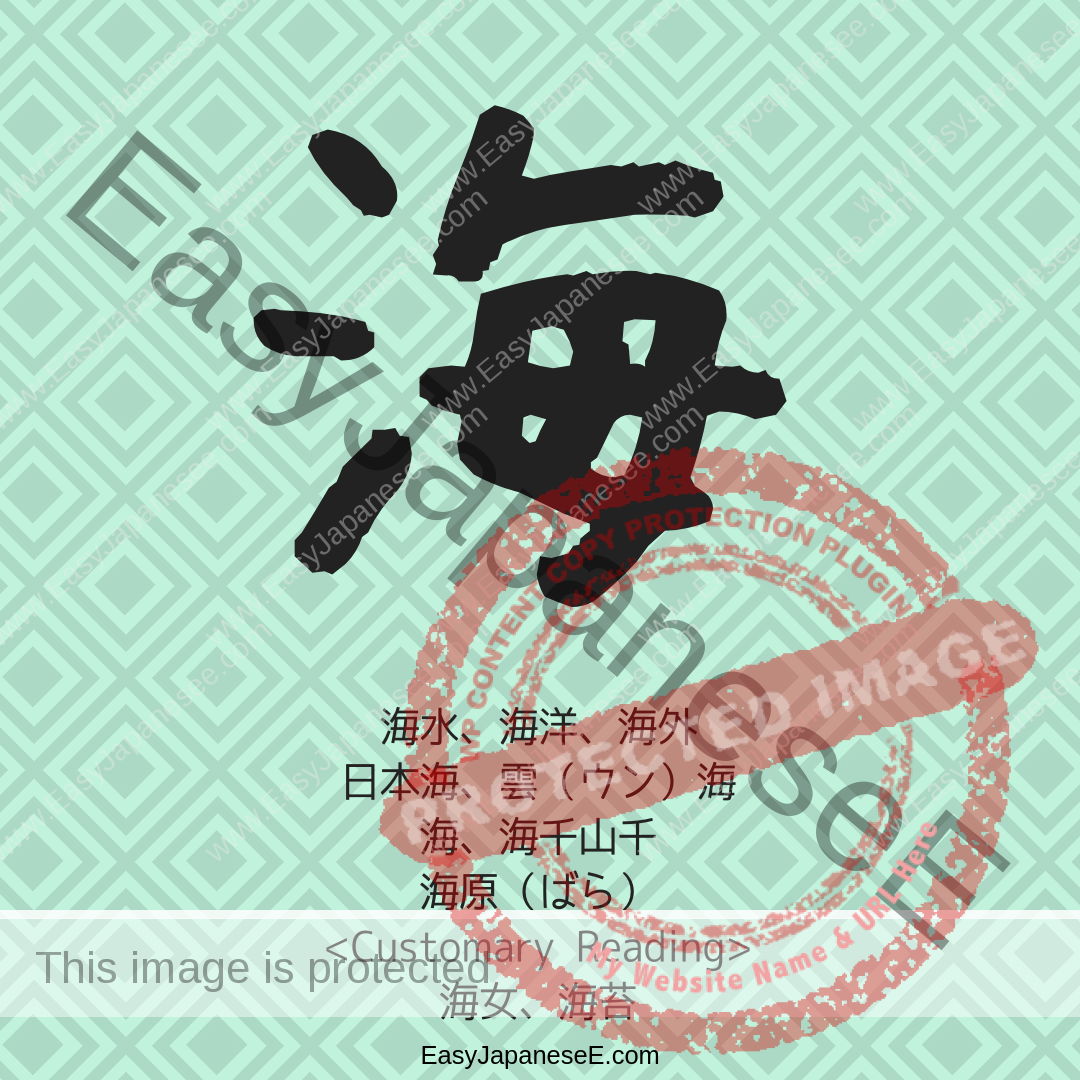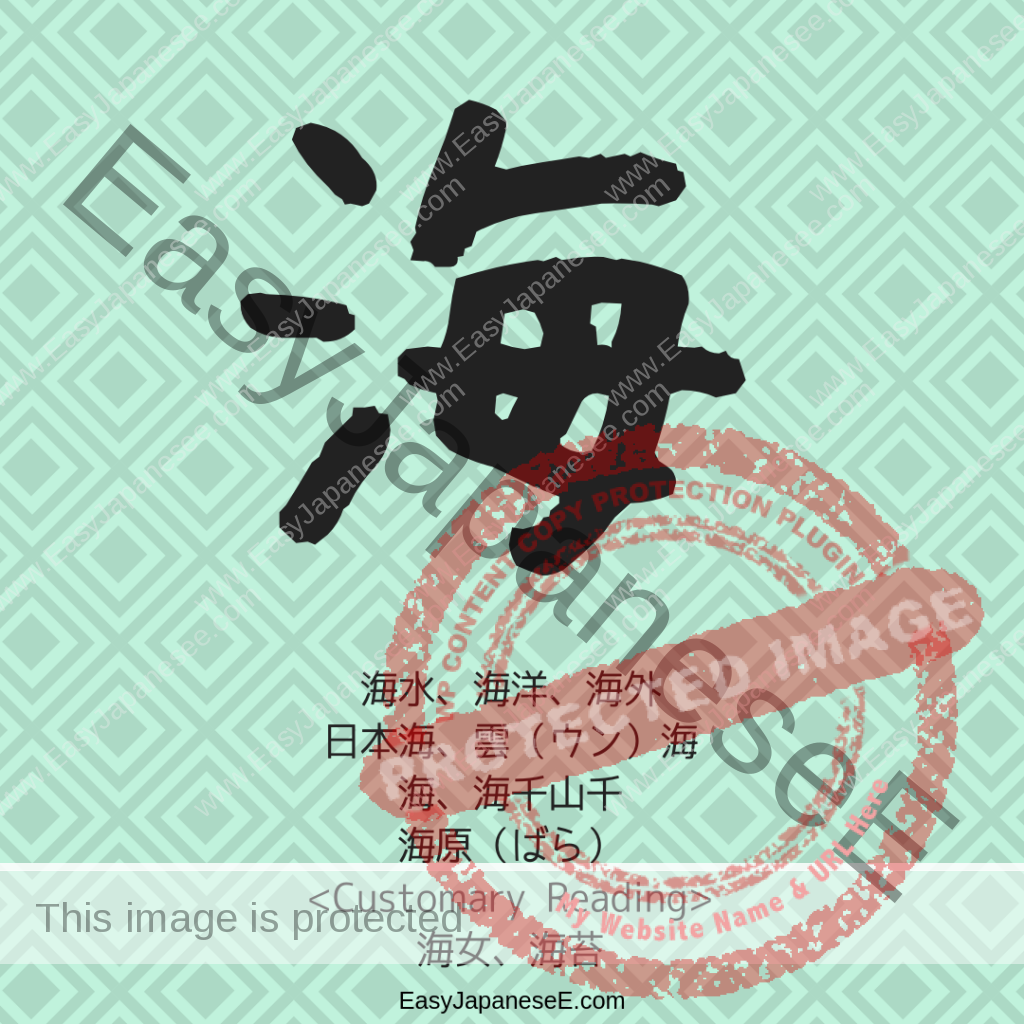To provide the best experiences, we use technologies like cookies to store and/or access device information. Consenting to these technologies will allow us to process data such as browsing behavior or unique IDs on this site. Not consenting or withdrawing consent, may adversely affect certain features and functions.
The technical storage or access is strictly necessary for the legitimate purpose of enabling the use of a specific service explicitly requested by the subscriber or user, or for the sole purpose of carrying out the transmission of a communication over an electronic communications network.
The technical storage or access is necessary for the legitimate purpose of storing preferences that are not requested by the subscriber or user.
The technical storage or access that is used exclusively for statistical purposes.
The technical storage or access that is used exclusively for anonymous statistical purposes. Without a subpoena, voluntary compliance on the part of your Internet Service Provider, or additional records from a third party, information stored or retrieved for this purpose alone cannot usually be used to identify you.
The technical storage or access is required to create user profiles to send advertising, or to track the user on a website or across several websites for similar marketing purposes.




Thank you for your comment. As you know, kanji are from China. They were brought to Japan from China and ancient Japanese people used them to scribe the language they were speaking, Japanese. They also imported many words from Chinese – characters, meaning and sound altogether. The kanji reading of these imported Chinese words is called 音読み(おんよみ) and the reading which is originally Japanese is called 訓読み(くんよみ). When we differentiate these two, 音読み is usually written in Katakana and 訓読み is written in Hiragana, so I follow the same system here.
In the case of this kanji 海, カイ is 音読み – originally Chinese, and うみ and うな are 訓読み(くんよみ)- originally Japanese.
If you are still learning Katakana, I have a fully interactive online katakana learning course. Please visit the online courses section in the menu.
Why It Is used katakana to write the pronunciation of kanji?